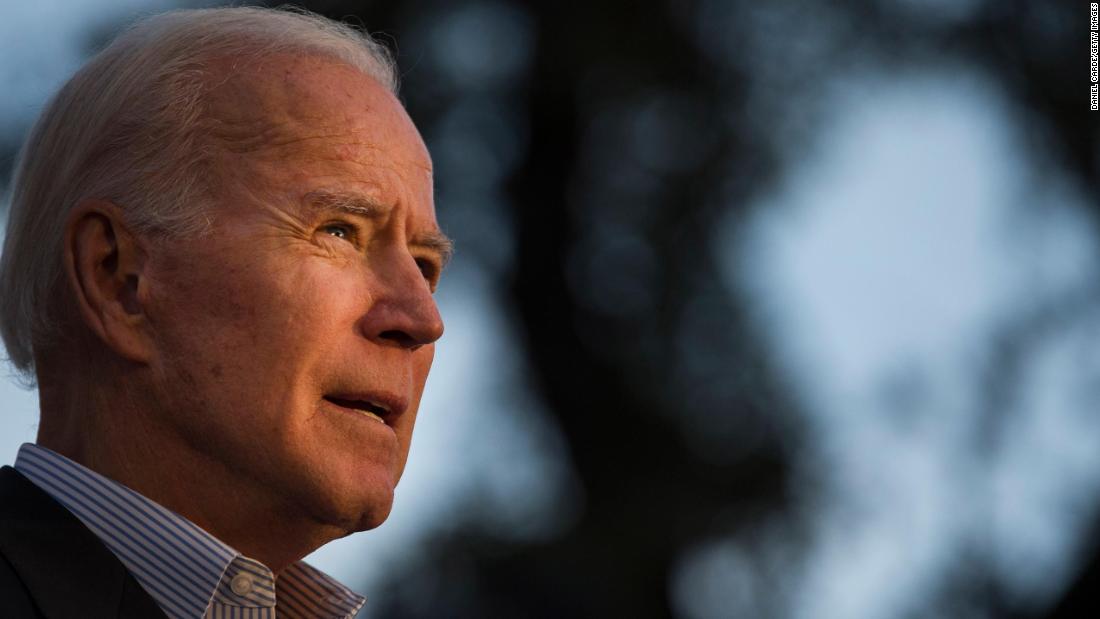
Biden's lead in endorsements is good news for him because candidates who lead in endorsements at this point usually do well in the primary. It paints the picture of a front-runner who may not be strong, though certainly is not weak, either.
Since 1980, there have been 14 primaries without an incumbent running in a given party's primary. For each of those, I looked at a dataset of endorsements in which each governor's endorsement was given 10 points, each senator's endorsement was given 5 points and each House member's endorsement was given 1 point.
The candidate leading in the endorsement primary at this point won 10 out of 14, or 71% of the time using this methodology. The only candidates who were winning the endorsement primary at this point and didn't go on to be the nominee were Democrat Dick Gephardt in 1988, Democrat Howard Dean in 2004, Democrat Hillary Clinton in 2008 and Republican Jeb Bush in 2016.
Biden, though, has something else going for him: he's also leading the polls. Gephardt in 1988 and Bush in 2016 were not anywhere near the lead in the national polls at this point. When candidates are leading in endorsements and the polls, they have won 7 out of 9 times (78%). When they lead in just endorsements and not the polling, they're 3 out of 5 (60%).
In other words (and more complicated statistical modeling confirms this), your chances go up when you're leading in multiple metrics. It should have been a big warning sign that Bush was not ahead in the national polls at this point in 2016, even if he had the most endorsements. Biden doesn't have this same weakness
Another way to look at it is to see just how many endorsements the leader has. With the notable exception of Clinton in 2008, the endorsement leaders who went on to lose usually didn't have much of the party behind them. That is, they were nominal leaders. Gephardt had a mere 3.5% of the possible endorsements in 1988, Dean had 6.5% in 2004 and Bush had 5.6% in 2016. None of them had more than a 1.2 point lead on the competition in endorsements.
The strongest front-runners like Bob Dole in 1996, George W. Bush in 2000, Al Gore in 2000 and Clinton in 2016 have had near or above 50% of possible endorsements.
Biden, right now, has 11% of the possible endorsements, so he's not crushing it. He is, however, more than 7 points ahead of his nearest competitor (New Jersey Sen. Cory Booker with a little less than 4% of the possible endorsements). Moreover, the 10% to 15% zone that Biden is currently in tends to be where vulnerable front-runners have historically been. Biden's fairly close to Ronald Reagan in 1980 (13%), Walter Mondale in 1984 (13%), John McCain in 2008 (15%) and Mitt Romney in 2012 (14%).
One other thing that Biden was going for him is that he keeps on getting endorsements. He has gotten more this month from members of Congress or governors (3) than the rest of the field combined (0). That's important because, as FiveThirtyEight's Nate Silver has pointed out, endorsements tend to be more predictive when they happen closer to the primary season.
Now, three endorsements isn't running away with it, though it shows Biden is picking up steam in a way no other candidate is.
Indeed, the lack of recent endorsements for other candidates is pretty indicative of the race at large. Just like in the polling, Biden's not in a dominant position, but it's not clear if there's anyone who is in a real position to challenge him.
Bagikan Berita Ini















0 Response to "Why Biden's endorsement edge matters"
Post a Comment